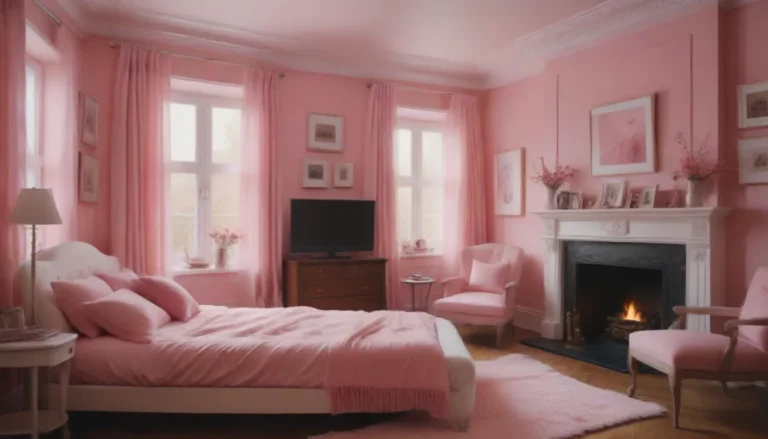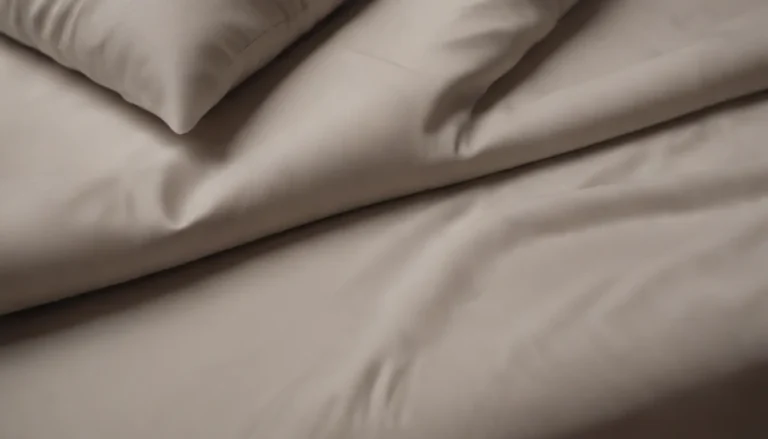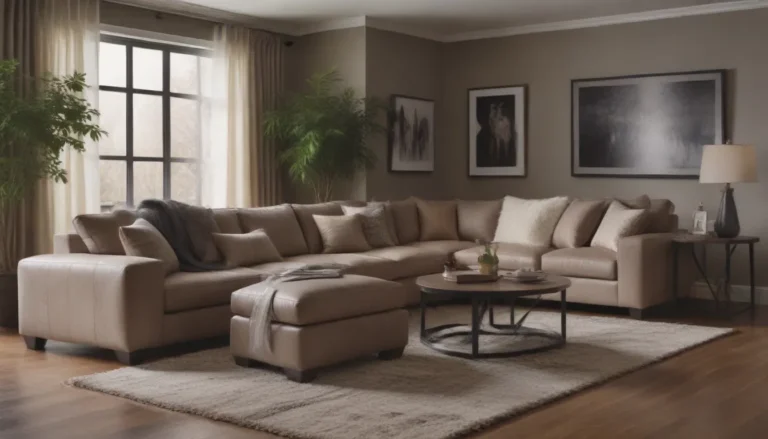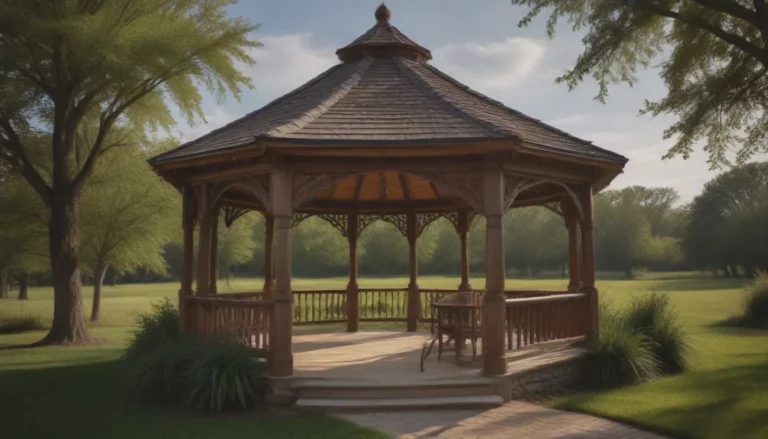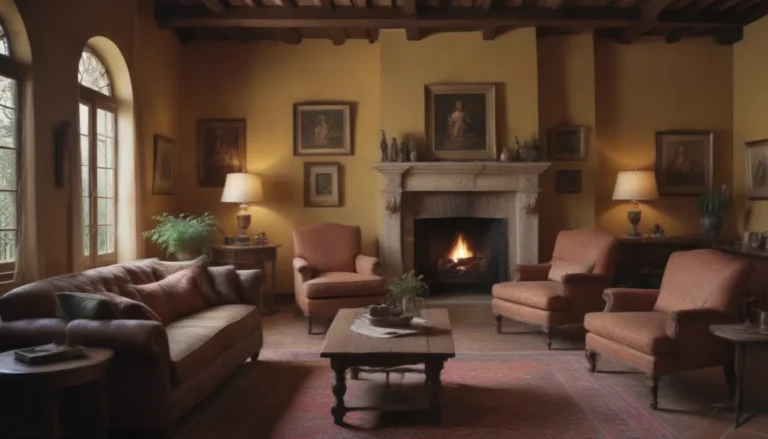Unlocking the Secrets of Craftsman Houses: A Comprehensive Guide

Craftsman houses are more than just a trend – they represent a unique American architectural style that has stood the test of time. In this in-depth article, we will delve into the history, key characteristics, interior design elements, and different types of Craftsman homes to give you a thorough understanding of this iconic style. So grab a cup of coffee, sit back, and let’s explore the world of Craftsman houses together.
Evolution of Craftsman Houses
Craftsman houses trace their roots back to the American Craftsman movement at the turn of the 20th century, a period marked by a desire to move away from mass-produced, industrialized Victorian architecture. This new style celebrated the beauty of natural materials and handcrafted forms, harkening back to a time when craftsmanship was paramount.
Key Characteristics of Craftsman Houses
Craftsman homes are known for their distinct features that set them apart from other architectural styles. Here are some key characteristics that define Craftsman houses:
– Emphasis on natural materials such as wood and stone
– Simple, clean lines with minimal ornamentation
– Low-pitched gable roofs with overhanging eaves
– Exposed structural elements like beams and rafters
– Handcrafted details such as built-in cabinetry and decorative woodwork
History of Craftsman Architecture
Craftsman homes emerged in the United States between 1900 and 1929, with California and the Midwest being hotbeds of this architectural style. Inspired by the British Arts and Crafts movement, Craftsman architecture sought to create homes that were both beautiful and functional, a stark contrast to the elaborate Victorian mansions of the time.
Influential Figures in Craftsman Architecture
One of the key figures in popularizing Craftsman architecture was Gustav Stickley, a prominent furniture designer and advocate of the Arts and Crafts movement. Through his magazine “The Craftsman,” Stickley showcased the beauty and simplicity of Craftsman style, helping to spread its influence across the country.
Craftsman Interior Design Style
Craftsman houses are beloved for their timeless appeal and emphasis on artisanal craftsmanship. The interior design of a Craftsman home reflects these values, with a focus on creating warm, inviting spaces that celebrate the beauty of natural materials.
Elements of Craftsman Interior Design
Craftsman interiors are characterized by the following elements:
– Cozy, distinct living spaces with a traditional layout
– Extensive use of woodwork, including built-in bookshelves and beamed ceilings
– Earthy, nature-inspired colors and motifs
– Emphasis on craftsmanship and attention to detail
Craftsman interiors offer a departure from the open-plan, minimalist designs of today, providing a sense of coziness and warmth that is hard to replicate.
Types of Craftsman Homes
Craftsman architecture encompasses a variety of styles, each with its own unique characteristics and charm. Let’s explore some of the most popular types of Craftsman homes:
Bungalow
Craftsman bungalows are quintessential examples of this architectural style, featuring cozy, one-story homes with overhanging eaves and inviting front porches. While traditional Craftsman homes were often painted in earth tones, modern bungalows can be found in a diverse array of colors, making them a lively and charming choice for homeowners.
Prairie Style
The Prairie School of architecture, pioneered by Frank Lloyd Wright, is a notable offshoot of the Craftsman movement. These homes feature horizontal lines, flat roofs, and art glass windows that emphasize the connection between indoor and outdoor spaces. Prairie style homes are a testament to Wright’s innovative vision and continue to inspire architects to this day.
Mission Revival
Mission Revival homes offer a Southwestern twist on the classic Craftsman style, incorporating stucco walls and clay roof tiles for a distinctive look. While they share some elements with traditional Craftsman homes, such as overhanging eaves, Mission Revival houses have a unique charm all their own that appeals to those who appreciate a touch of Southwestern flair.
The Enduring Appeal of Craftsman Houses
Craftsman houses have remained a popular choice for homeowners for over a century, thanks to their timeless aesthetics and emphasis on quality craftsmanship. Whether you prefer the cozy charm of a bungalow or the modern lines of a Prairie style home, there’s a Craftsman house out there for everyone.
In conclusion, Craftsman houses are more than just architectural wonders – they represent a way of life that values simplicity, beauty, and craftsmanship above all else. So if you’re in the market for a new home or simply appreciate the history and artistry of Craftsman architecture, consider exploring the world of Craftsman houses. Who knows, you may just find your dream home in a quaint Craftsman bungalow or a stately Mission Revival residence.
